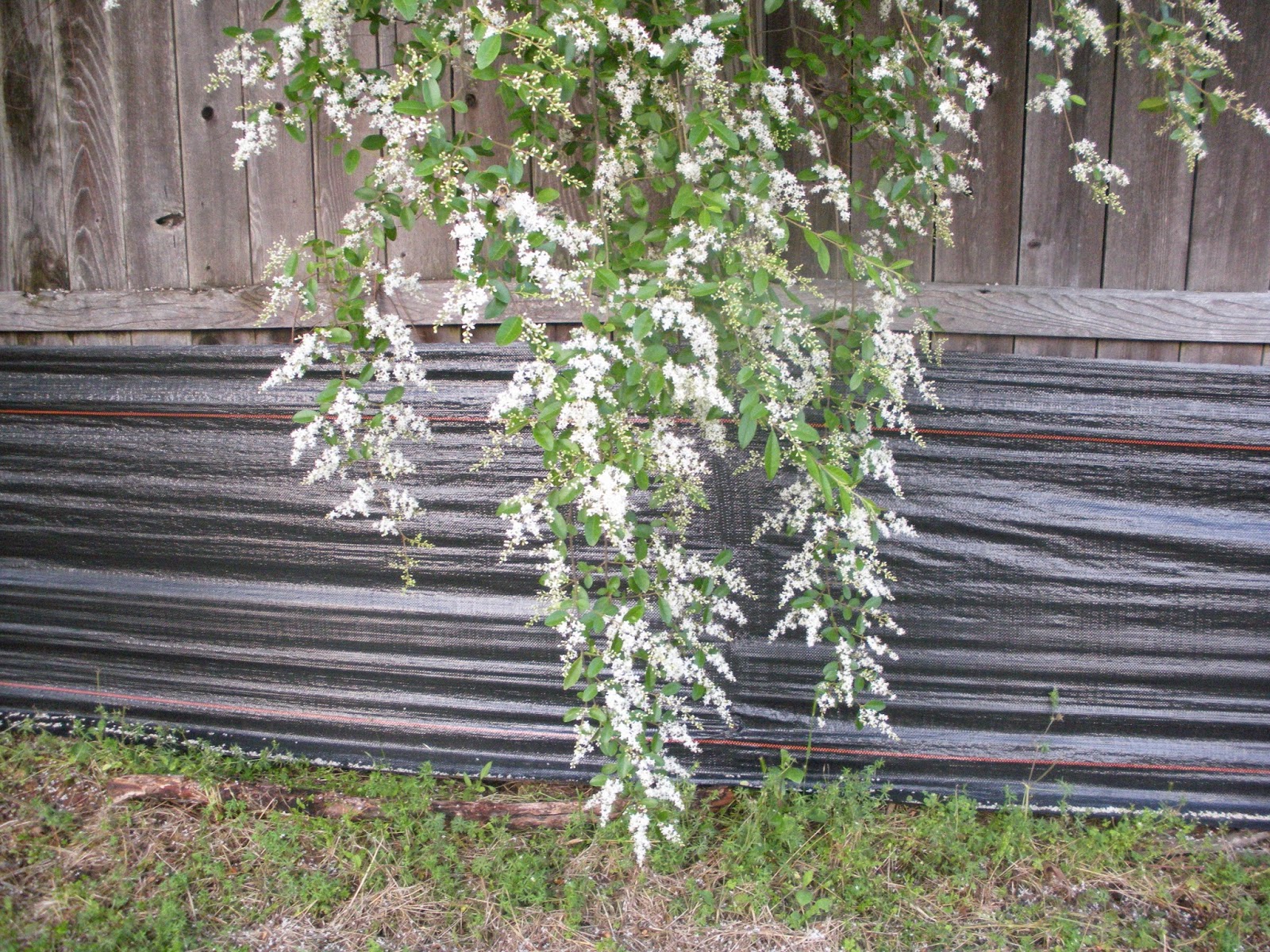 |
| Regal privet May 18, 2014 north of the railroad tracks at Poplar Pike and Satinwood Dr. |
 |
| Closer view of the same plant |
The two block section of Poplar east of Papa Johns and south of the Jewish Community Center had a solid wall of this privet up to the Carre Four Mall. I was looking forward to seeing this massive hedge in bloom, but this week this is what I saw instead.
 |
| Welcome to Germantown |
The ruined muddy space between the curb and the apartments is like the Desolation of Smaug. At the time I stopped to take these pictures, another man had stopped and got out of his car with a cell phone. He was also taking a picture. I asked him if he was documenting the hedge destruction and he said no. He owns the corner lot and he was trying to sell it so they could put a restaurant there. He wanted a picture of the property. I asked him about the hedge and he thought the City of Germantown did the clear cutting. I does start just past the Welcome to Germantown sign.
Perhaps they want to put in a sidewalk.
I can only imagine if this was done by the city of Germantown they must have voted on it in a city council meeting. What possible justification for this destruction could be found in the archives? I wonder.
RIP
What regal privet can be like
 |
| Corner of Shady Grove and Shady Grove Terrace, May 20, 2014 |
 |
| Magnificent regal privet hedge down the length of Shady Grove Terrace |

















